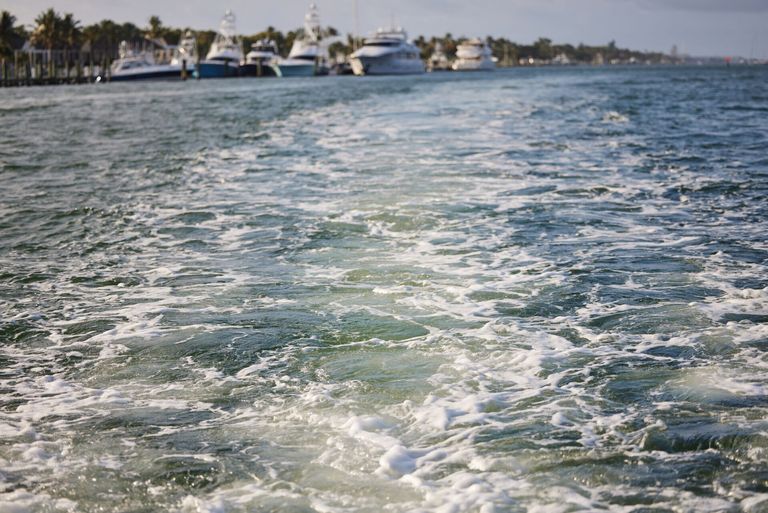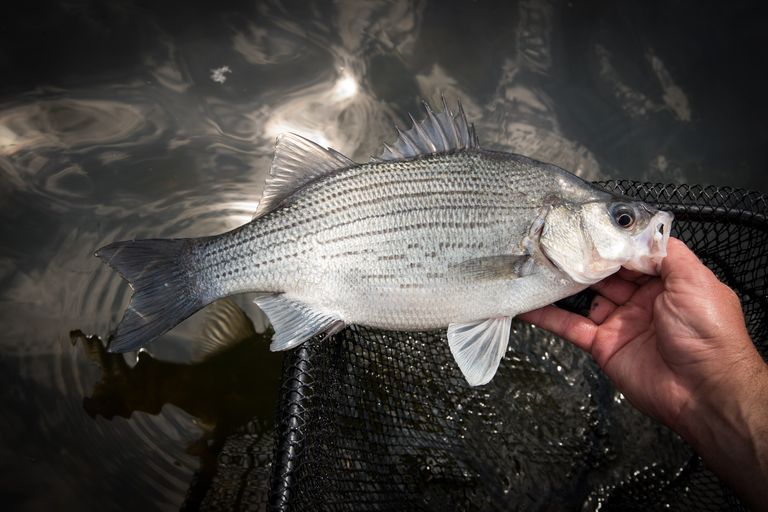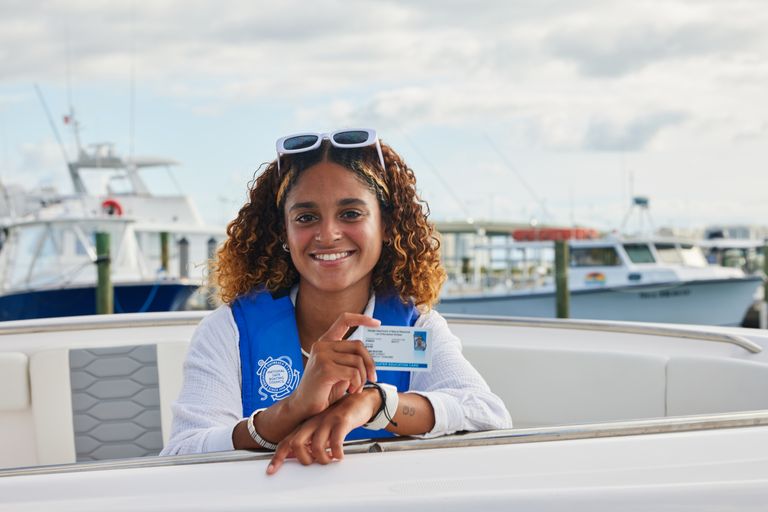How to Spot (and Catch) Blue Catfish This Season
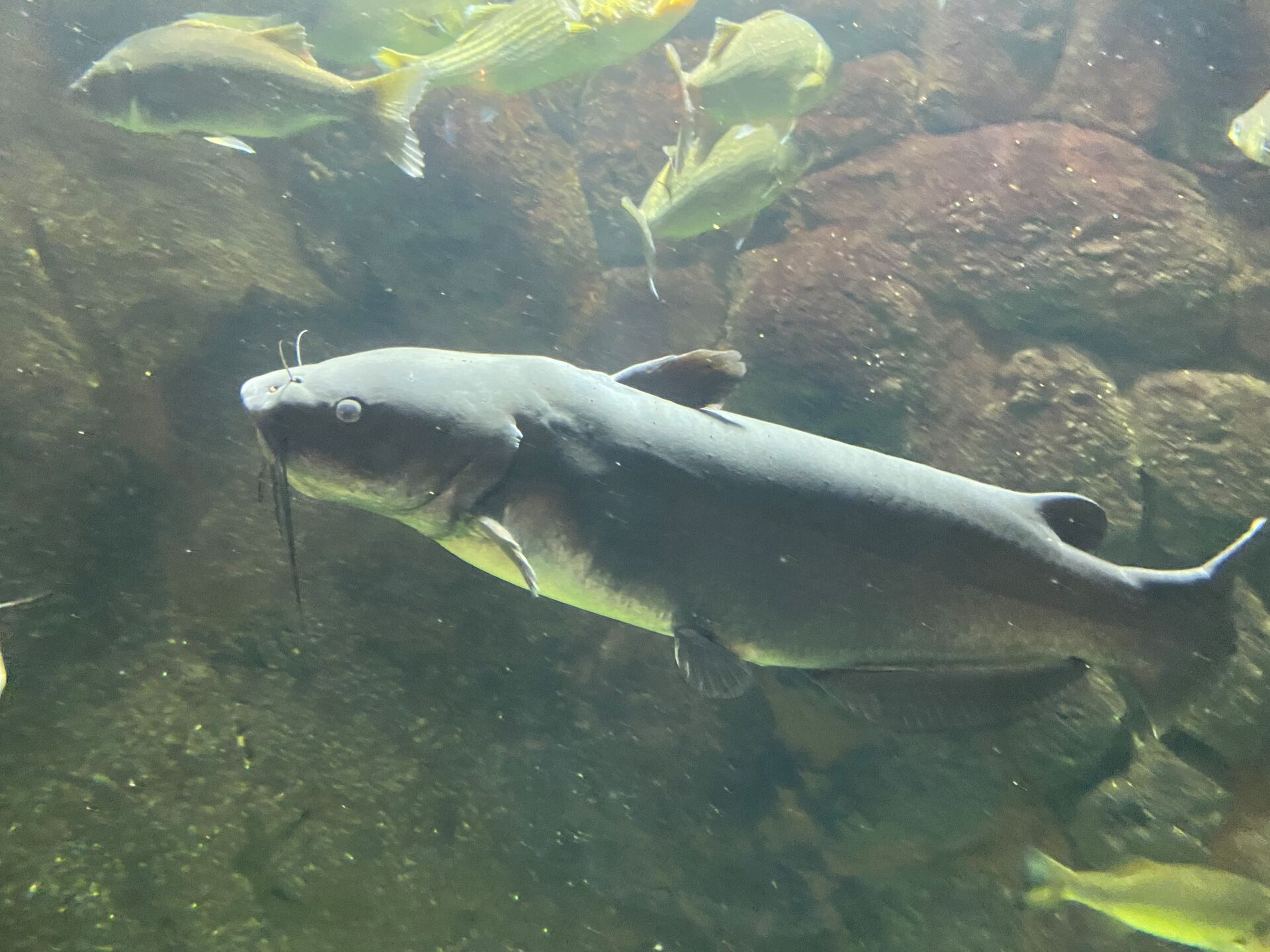
Heading out on the water to fish could be one of your favorite ways to enjoy the outdoors. For many boaters, fishing is the epitome of spending time on the water.
Whether you're fishing alone or with a companion, going after blue catfish is an exciting way to make the most of seasonal fishing and your boat's capabilities. Here's what to consider when it comes to understanding catfish behavior and preparing for your fishing adventure so you can keep yourself safe and protected while having fun.
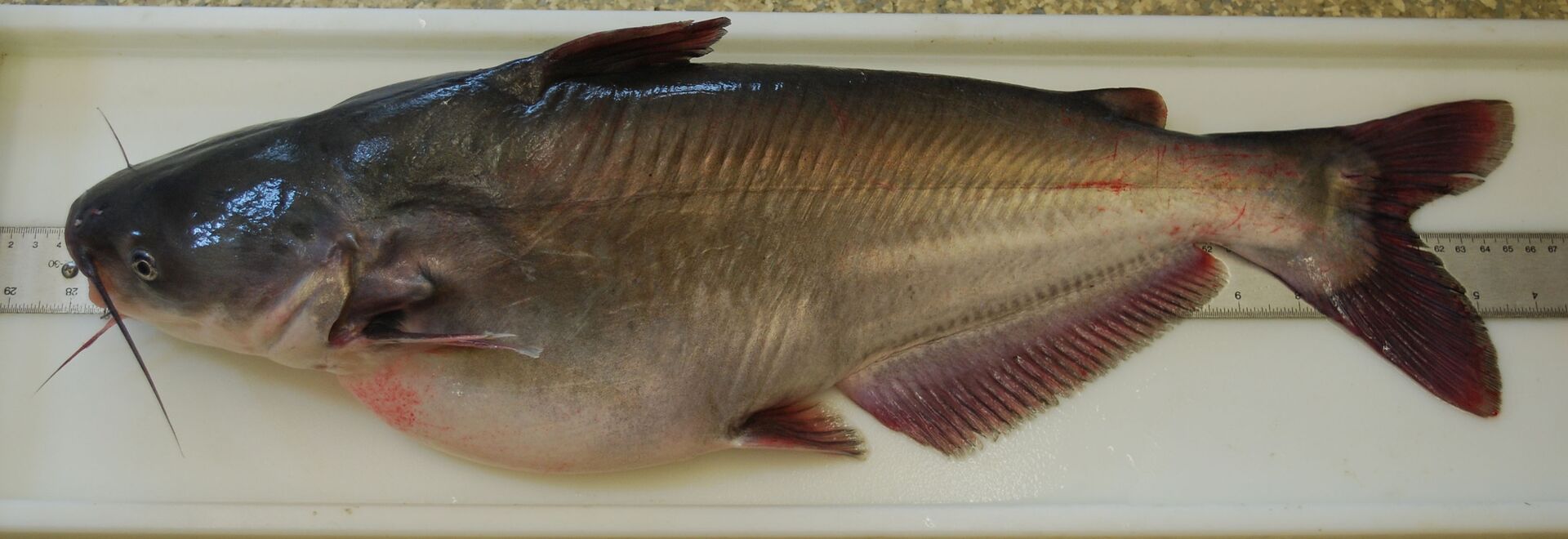
Understanding Blue Catfish Behavior
Since these fish are sometimes somewhat elusive, learning about their behavior is crucial for success.
You'll generally find blue catfish in deep river channels, large lakes, and reservoirs. Their primary habitat preferences include areas with strong currents and plenty of cover, which can reduce the chances of predators finding them.
However, if you're looking for a "Smurf" blue fish in the water, you probably won't find one. To earn their name, these fish have a silvery-blue color and a white belly.
This catfish also moves with the seasons and travels between shallow and deeper waters. They're more active when temperatures are cooler, but you can still fish for them during warmer weather. Knowing where they'll most likely be based on the season makes it easier to locate them and increases your chances of catching them more efficiently.
What Are the Best Times to Go After These Fish?
Even though you can technically fish for them throughout the year, the best times to look for this catfish are in the late fall and winter. That's when they're most active, so you can locate them faster and have a higher number available.
Also, don't forget that the time of day often matters. If you fish during the early morning or late evening hours, you may see more success because these fish will be more likely to be feeding. If they're hungry and active, you'll have a better opportunity to get them interested in the bait you're offering.
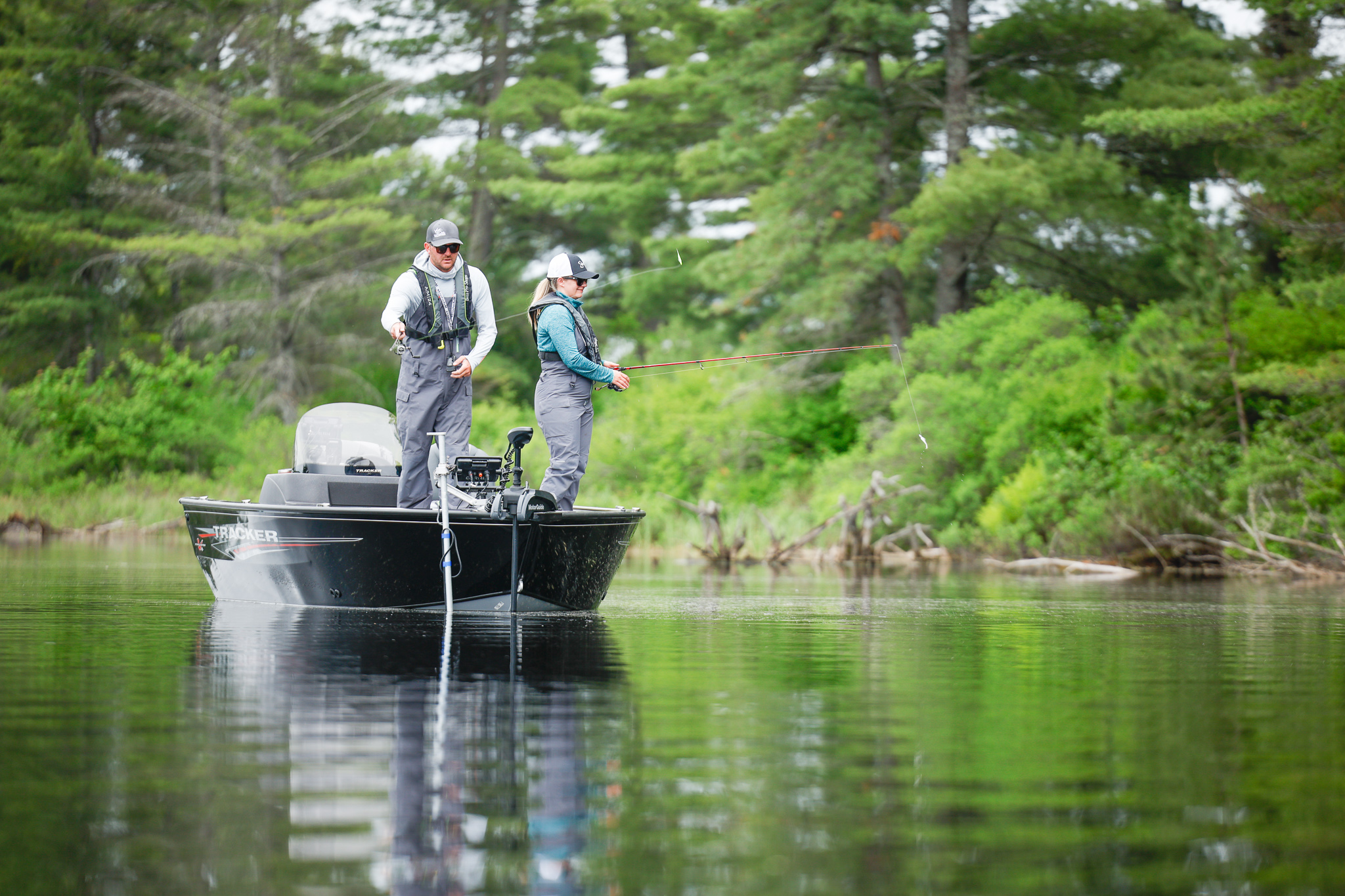
Effective Baits and Techniques
Fresh-cut bait such as herring, shad, or skipjack are natural prey for these catfish. If you want to get their attention, this is a great bait choice. While you can also lure them in with other options, live bait can help you maximize your opportunities for catching them effectively.
It's not just about the bait, though, as your fishing technique can also matter. Both bottom fishing and drift fishing can work well with these fish, but make sure you use heavy tackle.
These catfish are large and strong. So, if you have light tackle, you may be unable to successfully reel them in once they take your bait.
Locating Blue Catfish
To locate this fish, you'll want to identify potential hotspots where they're more likely to be active and feeding. Look for submerged structures, dropoffs, and areas that have strong currents.
Technology can also help you find these catfish. Consider using sonar and fish finders to locate their schools. These tools can be especially valuable in deeper waters, where it's not always easy to spot the right habitat or see which areas are best for fishing using the naked eye.
Use the Proper Gear and Setup
Heavy-duty rods and reels are the right choice when fishing for catfish. If you want a rod and reel setup that can handle large fish, don't forget to choose a braided line for added strength. It's a terrible feeling to be on the cusp of a big catch and have the line snap, and a more substantial line will help reduce that risk.
You also want to make sure your setup is rigged for these fish. That includes using circle hooks for maximum effectiveness and sinker rigs to keep the bait on the bottom. If your bait is too high in the water, you'll lower your chances of catching these great fish, so sinker rigs are essential to your fishing tackle plans.

Safety Tips for Any Angler
The more you know about catching these fish (and the gear you need), the more comfortable you'll be when it happens.
Handling big catfish is rarely easy, and you want to ensure you can protect yourself and the fish during landing and beyond. Make sure you have the proper gear, such as gloves, nets, and other necessary devices.
You don't want to get injured, but you also don't want to damage the fish. By focusing on both priorities, you'll naturally move toward suitable options for protection. Also, consider fishing with someone more experienced if you're new to catfish fishing so you can learn from the mistakes they've already made.
Another way to be safe is to take a boater safety course and wear your life jacket if you plan to fish from a boat. Even if you're a strong swimmer, you don't want to take any chances if you find yourself unexpectedly in the water. Deep, cold water and strong currents can quickly put you at risk.
Regional regulations and considerations also matter, so check out the local fishing regulations regarding size and bag limits for these fish. You don't want to run into legal trouble, which could cost you heavy fines and ruin your fishing experience.
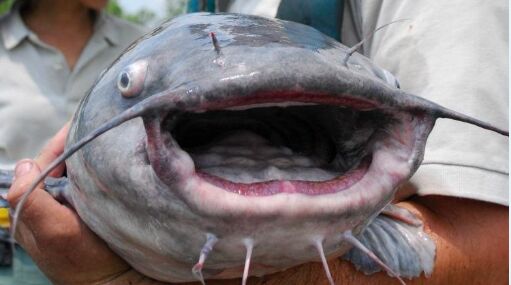
Don't Forget Your Boating Safety Course Before Catching Fish
Before heading out to look for catfish, take the time for a boater education course. You'll learn about water safety, navigation rules, and more.
Then, you can fully enjoy your time on the water, whether you're after blue catfish this season or prefer water sports or calmly cruising the lake.
For boating and fishing in the U.S., choose the BOATERexam online course for your state. In Canada, boaters and anglers can take our online course for Canadians!

